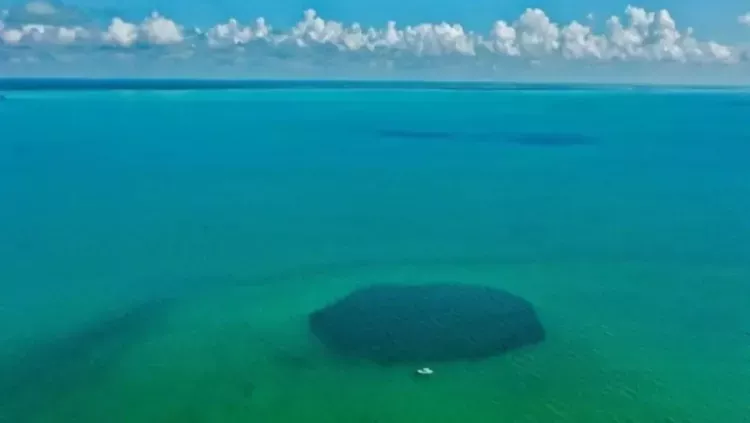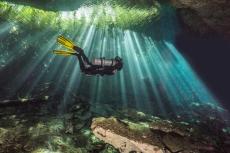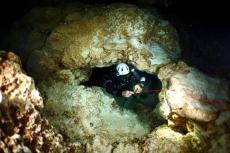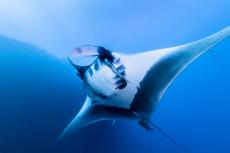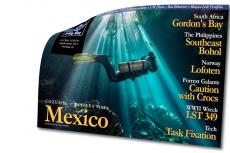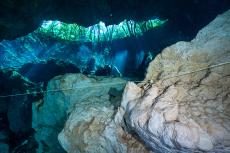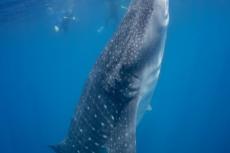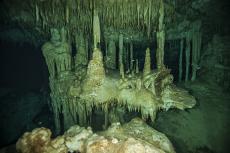Discovery of the World's Deepest Underwater Sinkhole
Scientists uncover an astonishing underwater sinkhole with potential hidden caves and tunnels
In a groundbreaking discovery, researchers have identified what is now considered the world's deepest underwater sinkhole, located off the coast of Mexico. This remarkable geological feature which reaches depths exceeding 1,300 feet (420 meters) could potentially house hidden caves and tunnels, offering new insights into Earth's subterranean mysteries.
This finding surpasses the previous record held by the Dragon Hole in the South China Sea. The exploration of this sinkhole, named 'Cenote Palomino', involved advanced sonar mapping technologies, revealing not only its vast depth but also the presence of unexplored passages and chambers that could host unique marine ecosystems.
Detailed maps
The depth and complexity of Cenote Palomino were mapped using sophisticated sonar equipment. This technology allowed researchers to create detailed maps of the sinkhole’s interior, suggesting the presence of extensive underwater tunnels and possibly undiscovered species. The scientific report highlights the technical achievements and the potential biological significance of these ecosystems.
Experts believe that the structure of Cenote Palomino could provide invaluable information about the Earth's geological processes. The sinkhole’s formation is thought to be linked to the dissolution of carbonate rocks and may offer clues about regional geological history, including the impacts of past climate events.

Environmental Implications
The discovery has ignited interest among environmental scientists and marine biologists, who are eager to explore its ecological implications. The unique conditions within deep sinkholes like Cenote Palomino are often home to rare, adapted species that provide insights into biodiversity and evolutionary adaptations.
Future expeditions are expected to explore its biological and geological features more thoroughly, potentially offering new understandings of our planet's hidden depths.
Fact file
The Taam Ja' blue hole, situated in Chetumal Bay at the southeastern tip of the Yucatan Peninsula, is an underwater sinkhole. Translated from the Mayan language, its name signifies "deep water". Remarkably, it plunges to depths exceeding 420 meters (1,380 ft), making it the deepest acknowledged blue hole.


